
The 1952 K Model was the first big Harley-Davidson with rear suspension. For 1958 the FL and EL big twins got sprung rear suspension and became Duo-Glides, boldly noted on the front fender.
This first year Duo-Glide is especially stylish in red and white with white grips and saddlebags plus whitewall tires. Continuing to give serious touring riders what they wanted, the optional King of the Highway package offered saddlebags, dual exhaust, fender tips, bumpers and either the Deluxe Buddy Seat or Solo Seat plus a luggage rack. As before, the “helper springs” flipped forward under the seat to provide extra support for a passenger, folded down for solo riding. In this era about 3500 FL’s and EL’s were produced annually.
The 1958 FL also received other updates including a hydraulic rear brake, a stronger transmission and clutch, better connections for the exhaust headers at the head plus optional white-wall tires. The chrome rear fender struts, already a design feature on the K Model and Sportster, became an element of the big twin as well supporting the rear fender and taillight. The rear fender remained hinged to allow for rear wheel service.
Although still available for sidecar use in 1949, 1948 was the last year the solo FL and EL Harley’s used the springer fork. The 1949 model was dubbed the Hydra-Glide and introduced the clean, sleek hydraulic fork with, in just the first year, gloss black-painted lowers. After ten model seasons rear suspension was added, and the big twin became the Duo-Glide but the big sprung seat, a tradition for comfort, was retained.
This classic Duo-Glide is on loan to the National Motorcycle Museum from Robert Hyler who lives in Illinois. It’s one of over 60 Harleys, street, racing and customs you will get to see when you visit the Museum. There is also a remarkable collection of Harley-Davidson memorabilia, signage and advertising graphics.
Specifications:
-
- Engine: Air-Cooled, Overhead Valve, 45 Degree V-Twin
- Bore & Stroke: 3.44″ x 4.00″
- Displacement: 74 Cubic Inches / 1208 cc’s
- Compression Ratio: 7 : 1
- Carburetion: Schebler
- Horsepower: 52HP
- Primary: Duplex Chain
- Transmission: 4-Speed, Foot Shift
- Clutch: Dry, Hand operated
- Final Drive: Chain
- Brakes: Drum Front & Hydraulic Drum Rear
- Electrics: 6 Volt Battery, Coil & Points
- Frame: Steel / Double Down Tubes
- Fork: Hydra-Glide, Hydraulic
- Rear: Swingarm / Dual Shocks / Sprung Seat
- Wheels/Tires: 5.00 x 16 / 5.00 x 16 Inches
- Wheelbase: 60 Inches
- Weight: 648 Pounds
- Top Speed: 100 mph
Leave a Reply
Want to join the discussion?Feel free to contribute!










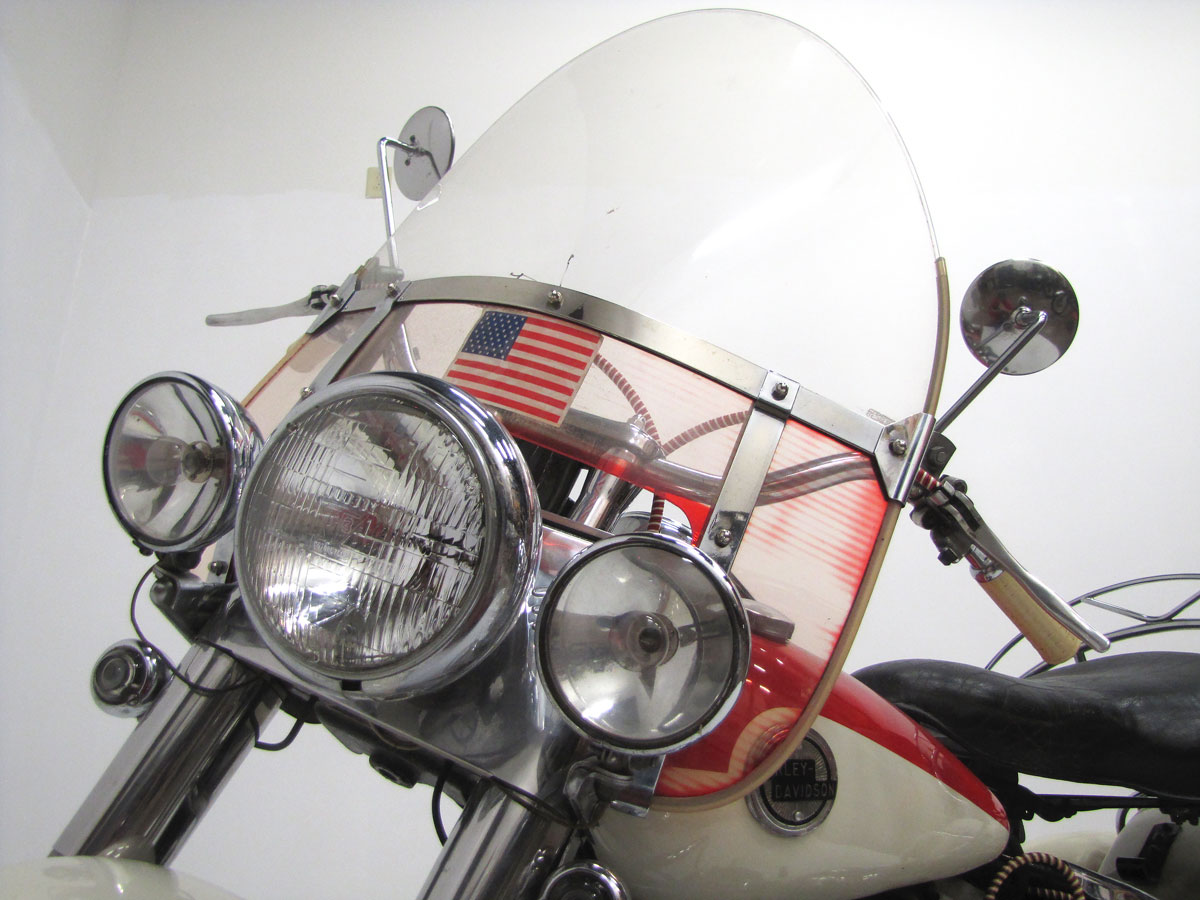
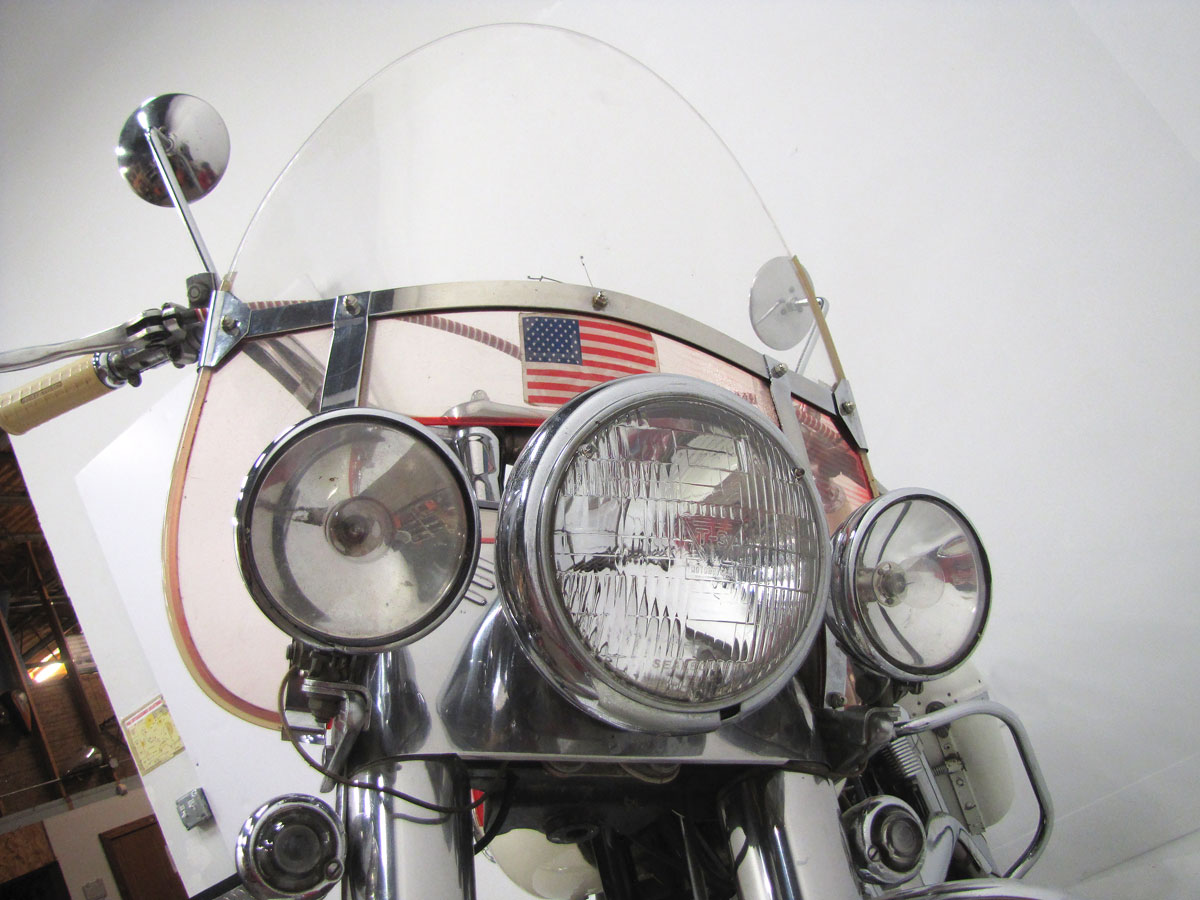



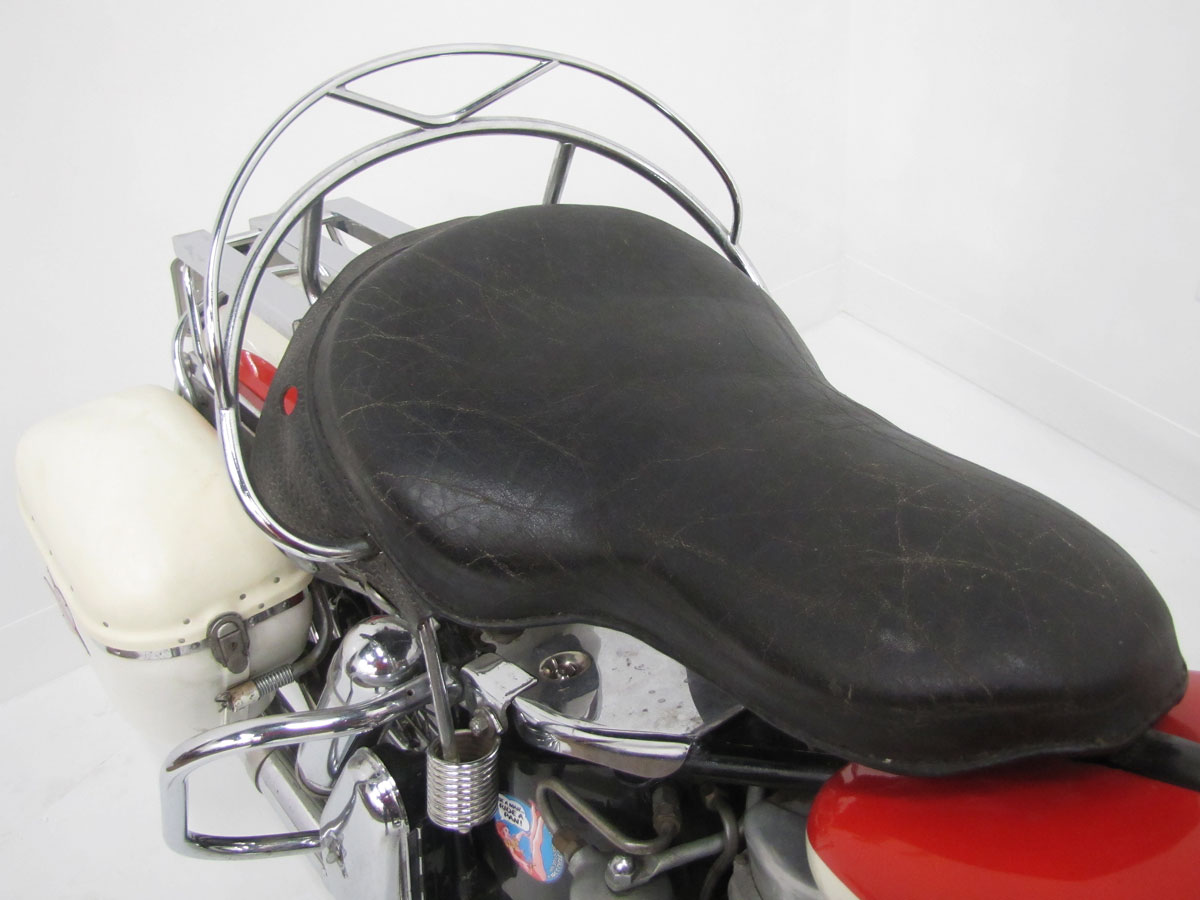

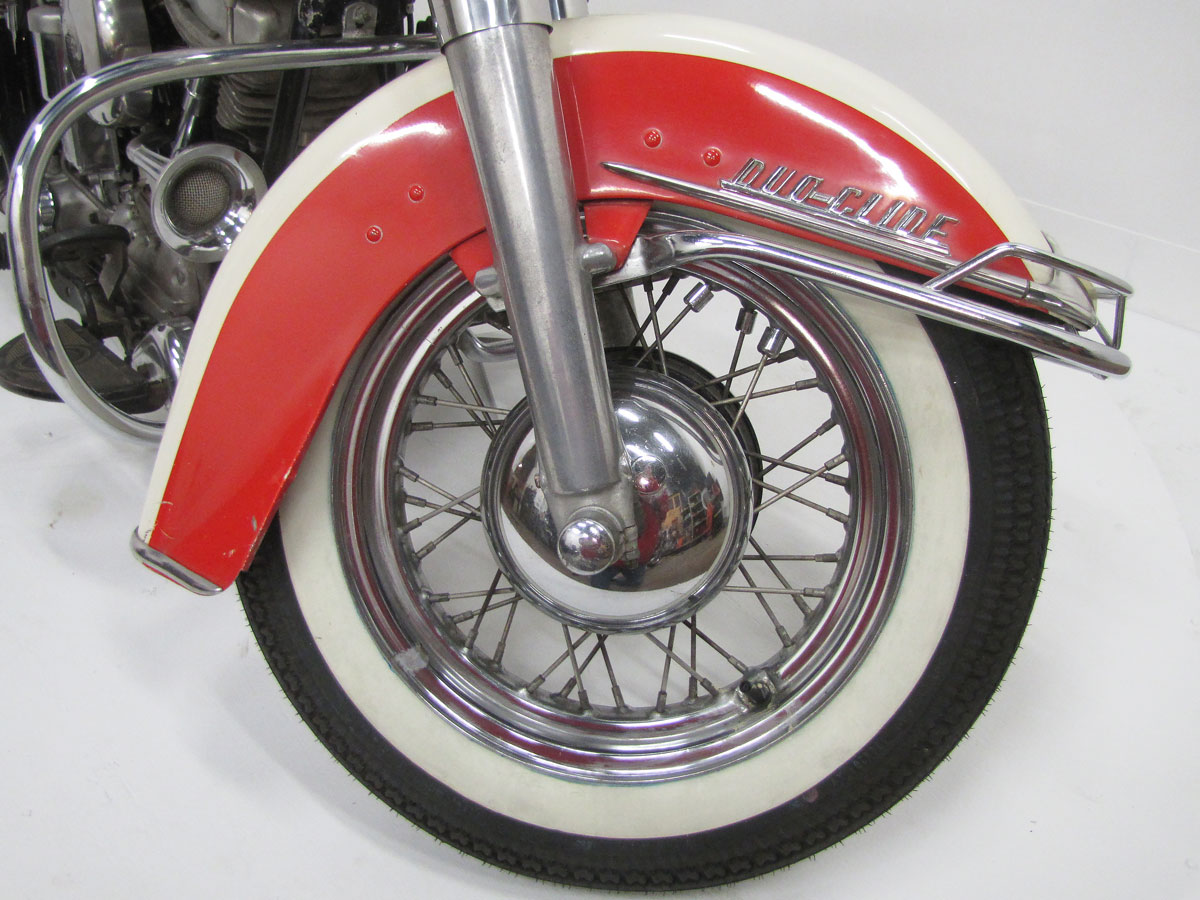




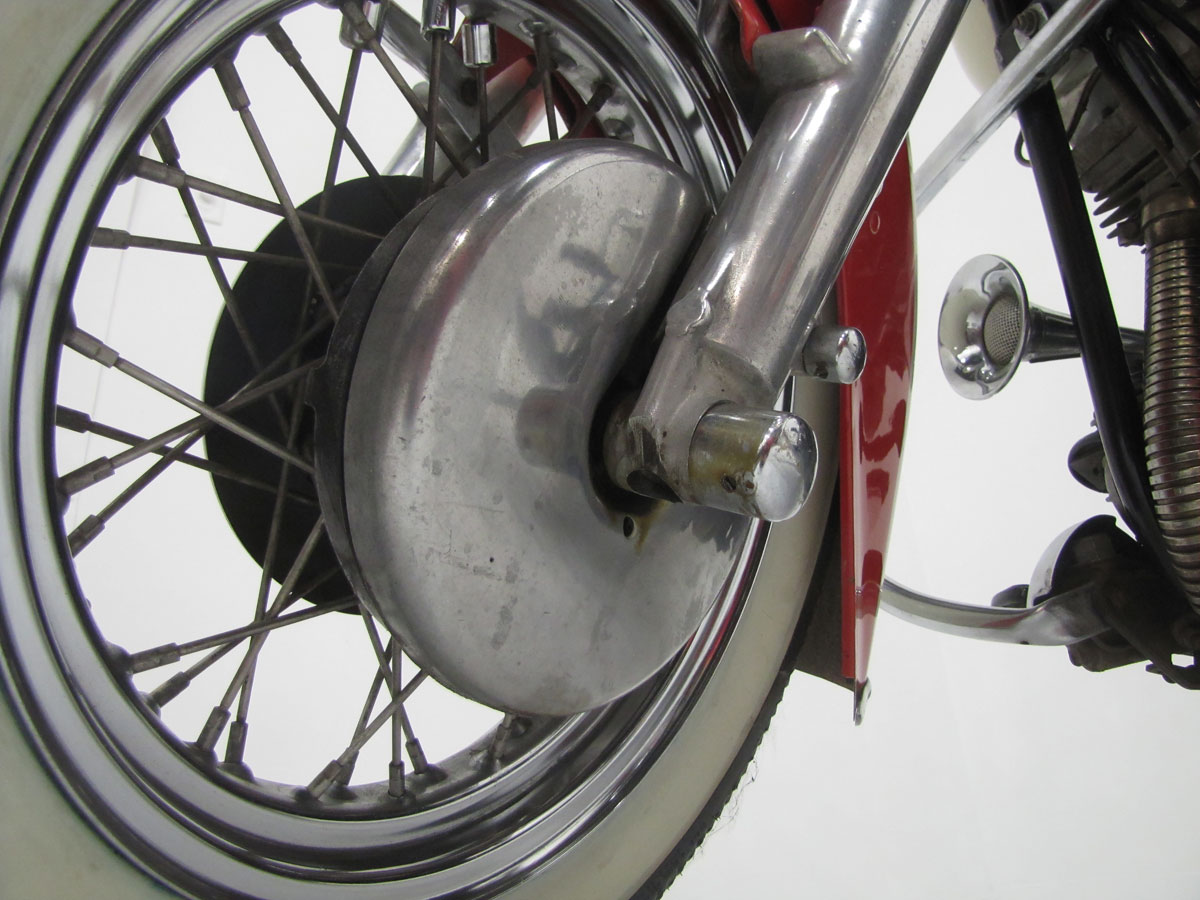
















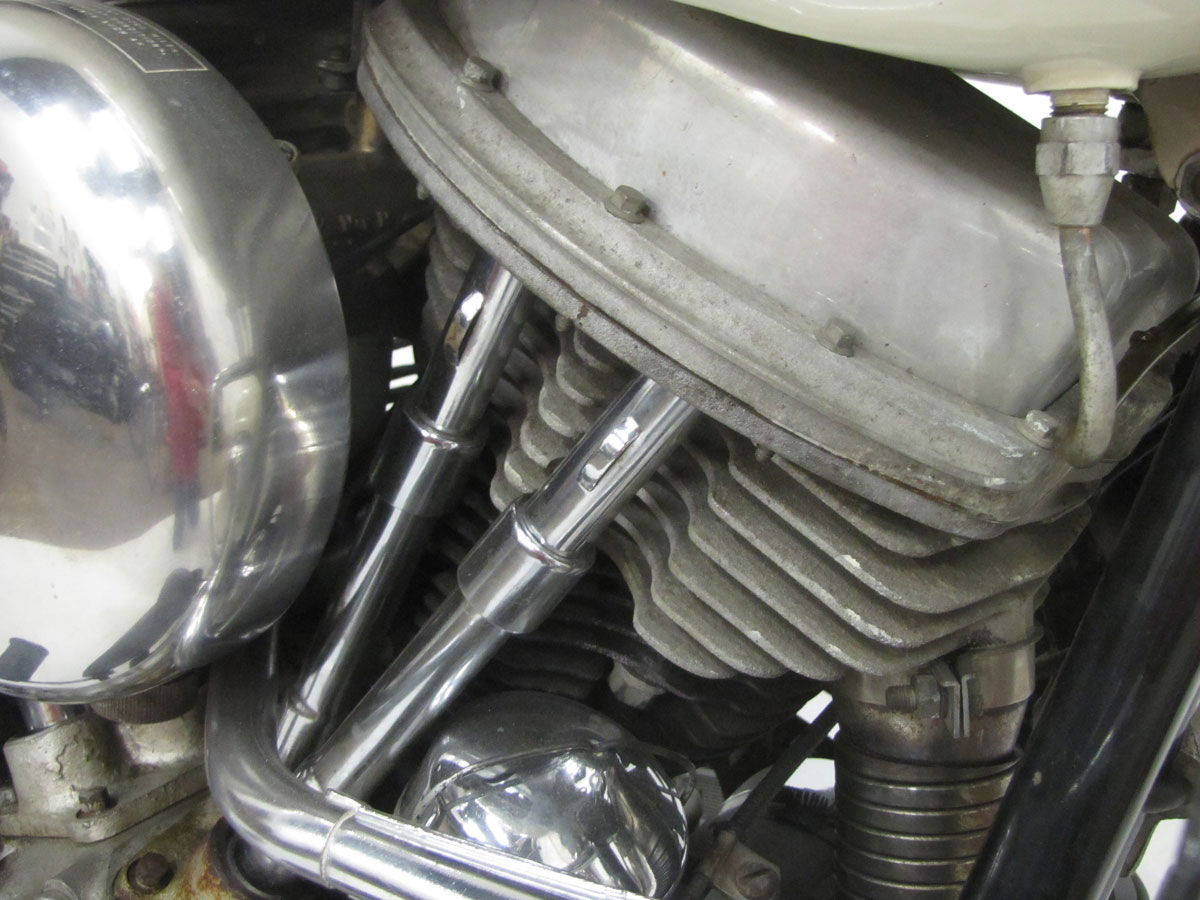
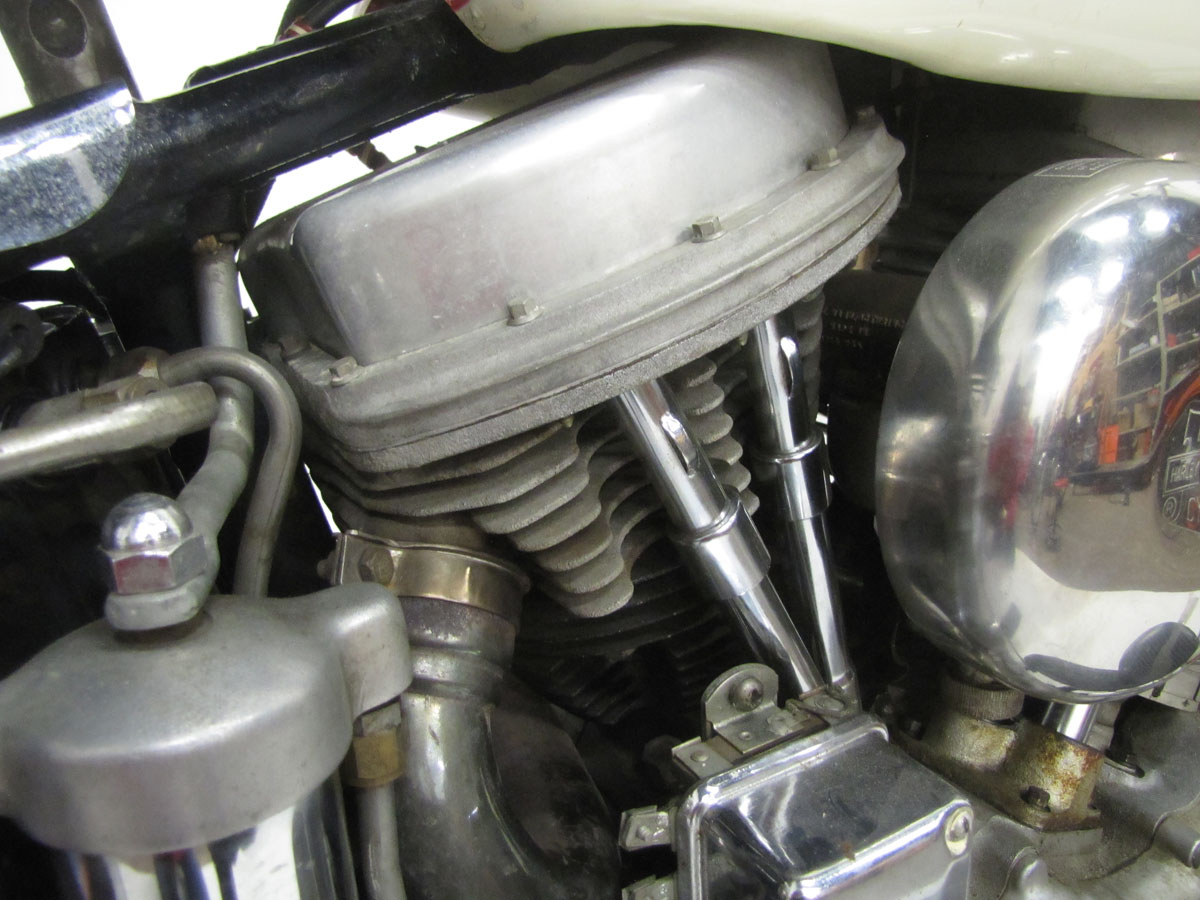


My 1958 FLH has a Linkert carb but you spec a different brand on this one. Was more than one brand of carb available? Mine came with a luggage rack, bags and fender tips with a big seat on a pogo stick but it would hit the tanks when flipped forward so it’s been replaced with a solo seat.
They’re mistaken. Shebler looks similar to a linkert.
Thanks for the note, John. I did this writeup based on a couple of books in my library, not by looking at the actual red and white 58 Pan we are featuring. Turns out Linkert, not Schebler is a more typical carb for Pans and the carb on this Pan is actually a model M74 Linkert.
I see this bike was listed for sale ? Still available?
Yes this bike is still for sale – if you email bbarber@nationalmcmuseum.org – Bill Barber the Museum Director can give you more information.
Good to see this, I have one, blue though, diddnt have a buddy seat but found one, looking to use the same hardware, springs etc, good to be able to check, cheers
What did the duo glide list for in 1958?
Searching MSRP in 1958, I found two places where it was noted that a 1958 FL with no accessories was priced at $1320.
MM
No EL’s in’58, last year was ’52